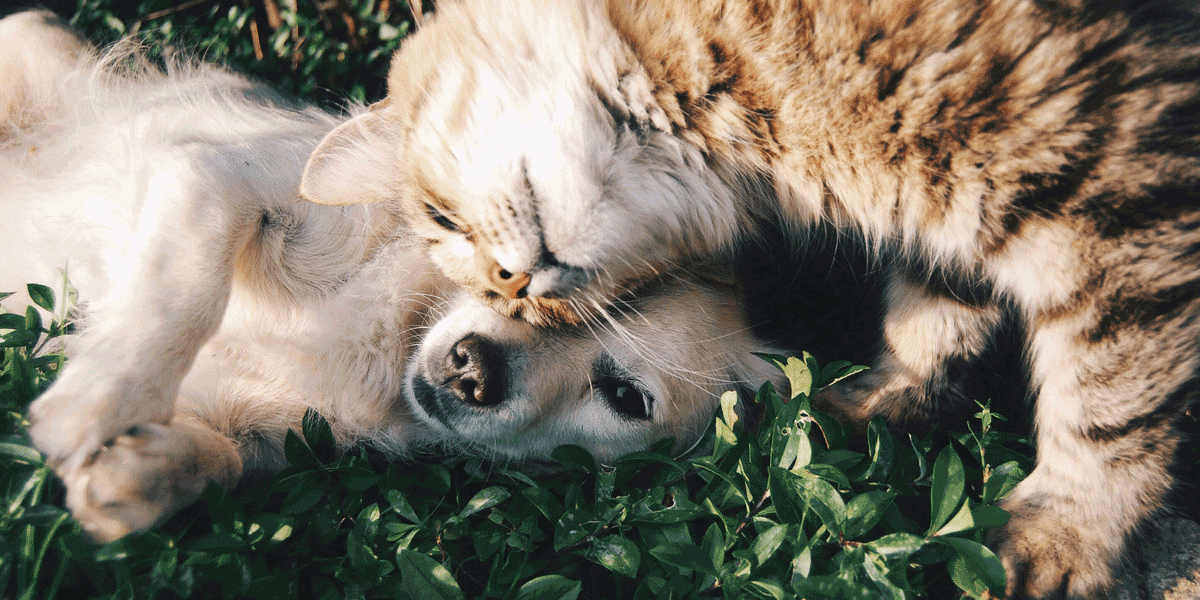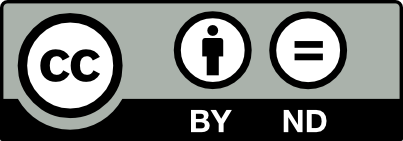
Australians love having pets around. But what are our obligations to our animal companions?
Much has been said about the benefits of living with pets – from companionship to improved mental and physical health. Out of two thirds of Australia households that are home to at least one pet, a whopping 85% of owners have said that pets have a positive impact on their lives.
In other words, they’re good for us. But are we good for them? And what are our obligations in these relationships so many of us find ourselves in?
Legally, we own animals. We purchase them, register them as our pets, and pay for their routine and emergency health care where required. In this way, pets are similar to property. But that doesn’t mean we can treat them like ordinary property.
Unlike us, animals are not typical “moral agents”. They cannot make and enact ethical decisions, like choosing between different foods based on their carbon footprint, or making an informed choice about breeding if there is a risk of passing a heritable disorder to offspring.
Pets fall into the category of “moral patients” – beings who matter morally, but who are subjects of our moral consideration and actions. They need us to make good decisions for them. This is especially important because we take them out of their natural environment and bring them into our homes, environments designed specifically to cater to the needs of our species. We require animals to live within these spaces and adapt to our lifestyles.
Sometimes we forget how challenging this can be. For example, animals may be nocturnal, but we expect them to adapt to the hours we keep. Indoor dogs rely on us to provide outside access for toileting and exercise. Cats rely on us to change their litter tray and provide suitable surfaces to scratch and climb. They cannot predict when our routines – and hence their routines – will change.
As a veterinarian, sometimes my client (a human) will tell me that my patient (an animal), urinated outside of the designated toileting area “to spite them” when they were late home from work. It is not uncommon for humans to attribute hostile intentions to animals who display behaviours we find problematic, when these behaviours may be manifestations of an animal’s frustration if their needs are not met (e.g. provision of multiple litter trays for cats, lack of choice).
As a result, shelters are full of animals who have, for one reason or another, not been able to adapt to human behaviour. This is not the fault of the animal; it’s often due to our unrealistic expectations.
In Australia, we tend to think of “responsible pet ownership” as ensuring that pets are well behaved (that is, they do not cause a nuisance to others), that they are microchipped, desexed and registered, and that we provide appropriate food, water, shelter and veterinary care as required.
Though many people would characterise their role in terms that go beyond “ownership”. Indeed, the use of the term “pet owner” has decreased, in favour of terms like “guardian” or “caretaker” or even “pet parent”. This reflects a view that animals are more like family members than property.
Animal welfare science and legislation increasingly reflect the position that we need to provide animals with lives worth living, or good lives. That is, not just minimisation of poor welfare and associated negative mental experiences or feelings, but striving to maximise positive mental experiences.
The early view of good animal welfare was informed by the “Five Freedoms” model of animal welfare. These include freedom from: pain, injury and disease; fear and distress; discomfort; hunger and thirst; and to express normal behaviour.
But according to the more recent “Five Domains”, physical and functional factors including nutrition, physical environment, health, behavioural interactions with other animals, humans and the environment) influence mental experiences (the fifth domain).
This model stresses that what matters most to animals is their subjective experiences. Therefore, just acting to minimise negative mental experiences (such as confining a dog to stop them running on the road and experiencing a painful injury), doesn’t necessarily lead to positive welfare.
To ensure that an animal has a good life, they should be able to have more positive than negative experiences. With the example of the confined dog, that means providing, where possible, opportunities for positive interaction with animals, people and the environment. Walks. Sniffing. Chasing a ball (if that’s their game). Spending time with them. Of course, not all animals are social species. We need to pay attention to the preferences of animals, and, where possible, offer them choice, so they can experience positive welfare.
That doesn’t mean we shouldn’t make unpopular choices for them. While sentient animals – including humans – like to exercise choice or agency, we need to ensure that those choices are likely to lead to sustained positive welfare rather than poor welfare. So while an indoor cat may have a ravenous appetite, indulging the cat to the point where they become obese is likely to lead to poor welfare in the long term.
We need to remind ourselves that, as humans living in environments designed almost exclusively for humans, we expect a lot of our animal companions. In addition to meeting their basic needs, we should aim to provide them with good lives. This requires doing a bit of research, observing animals carefully, and learning from them. Our lives are richer for it.

Ethics in your inbox.
Get the latest inspiration, intelligence, events & more.
By signing up you agree to our privacy policy
You might be interested in…
Big thinker
Relationships
Big Thinker: Jean-Paul Sartre
Opinion + Analysis
Relationships
How to respectfully disagree
Opinion + Analysis
Health + Wellbeing, Relationships, Science + Technology
Parent planning – we should be allowed to choose our children’s sex
Opinion + Analysis
Health + Wellbeing, Relationships




